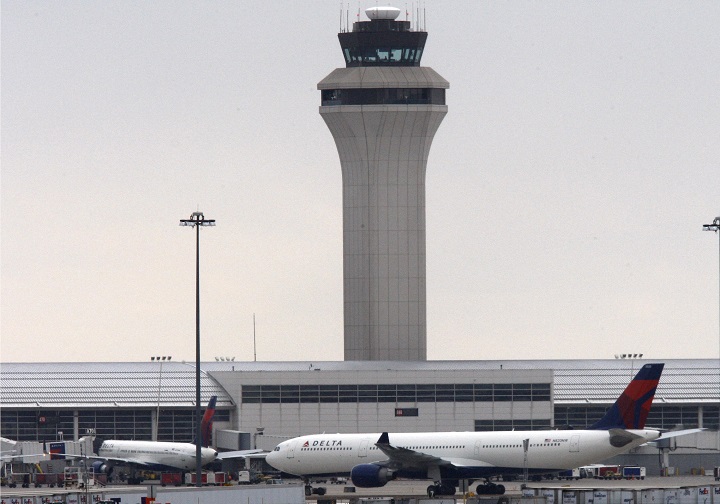ROMULUS, Mich. – The $225 million runway that opened in 2001 at Detroit Metropolitan Airport is deteriorating well ahead of its expected life of 30 years because of a common problem with concrete used in recent years, authorities say.

Airport crews have been making frequent repairs to the cracks and other flaws in the concrete, airport spokesman Mike Conway told the Detroit Free Press for a story Sunday.
“You don’t want any foreign-object debris on a runway because foreign-object debris can get sucked into jet engines,” Conway said. “We’re out there repairing a lot just to make sure that we have a smooth surface and nothing loose floating around out there.”
The airport is beginning to develop plans to reconstruct the runway and is applying for a federal grant to partially fund it. The cost is expected to be far less than the original cost of building the runway, said Jeffrey Warkoski, a consultant on the project. He said similar repairs at Denver International Airport have cost $10 million to $30 million per runway.
The Detroit airport runway is affected by a process called alkali/silica reaction, or ASR. It causes concrete to expand and crack when exposed to moisture over time.
ASR also has affected roads in the state. A study in 2006 by the Michigan Concrete Paving Association found ASR in all 23 core samples taken from 12 roads in Wayne, Oakland and Macomb counties in southeastern Michigan. The study said there are “issues of concrete durability have arisen with some of the pavements built after 1990.”
The Michigan Department of Transportation says that certain changes in concrete making in recent years have increased concrete’s alkalinity, making it more vulnerable to deterioration.
“The cement manufacturing industry has increasingly been under pressure to reduce their levels of harmful emissions into the atmosphere,” said department spokesman Jeff Cranson. “This prompted them to modify their manufacturing process to incorporate a portion of the highly alkaline cement kiln dust back into their final product.”
A spokesman said the concrete industry is aware of the problem.
“We have some projects … that are not performing like they’re supposed to do,” said Daniel DeGraaf, executive director and chief executive officer of the Michigan Concrete Association. “It’s not our proudest moment.”

Comments